
Life is a miracle in itself, and its development is an unending wave of awe. We all know it starts with the fusion of two tiny cells, but how it transforms into a unique living individual is magical and nearly inconceivable. Every newborn child is proof that this life is infinitely diverse, yet it all starts in the same wondrous way. With the help of today's advanced technology, we can appreciate how life begins in the womb. Scroll through the stages of an embryo's development, starting at the moment of conception, aided by the detailed photographs by Lennart Nilsson, from his book A Child Is Born.
Here's where it all begins: the sperm enters the Fallopian tube.

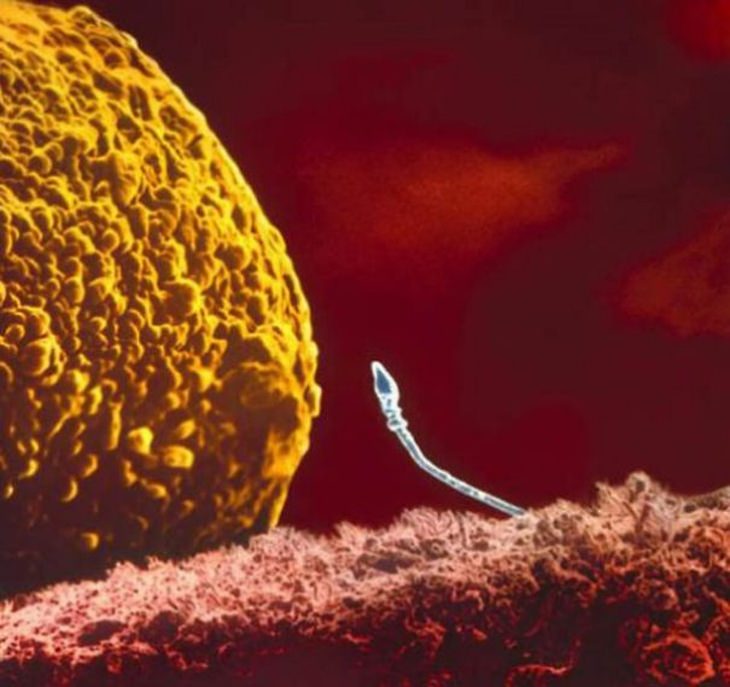
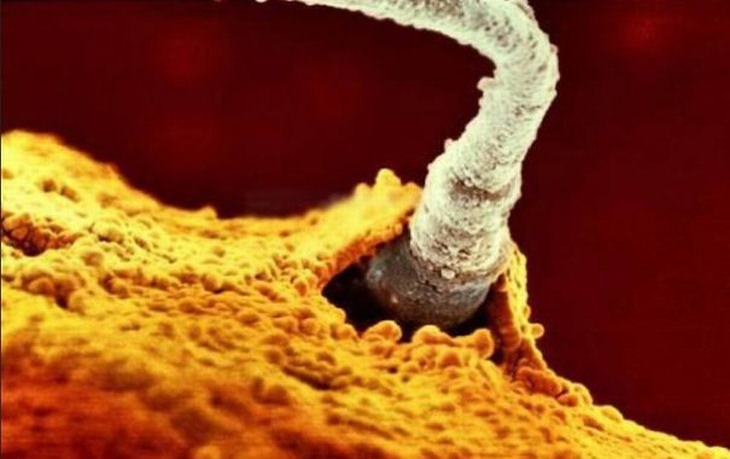
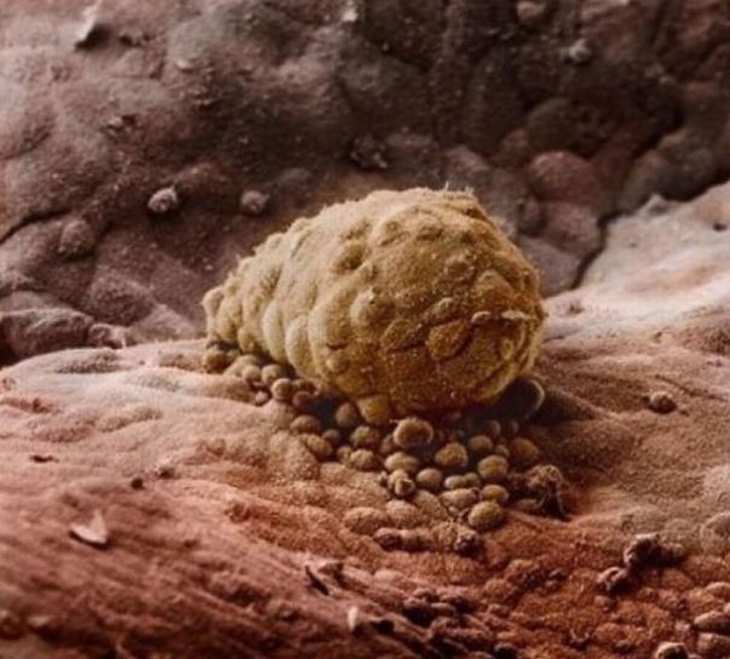
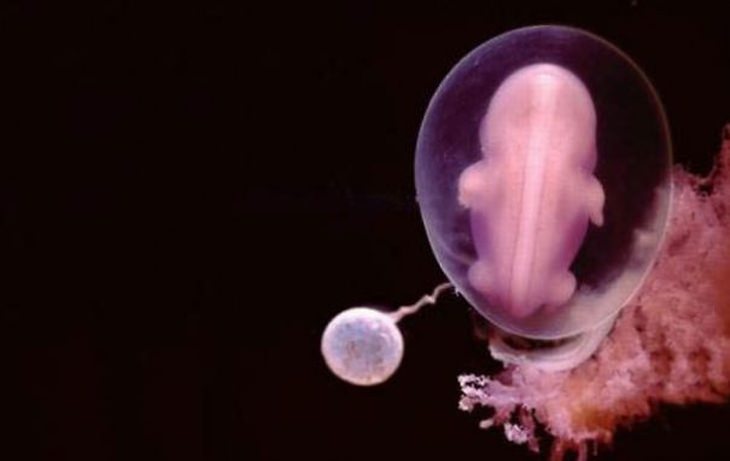
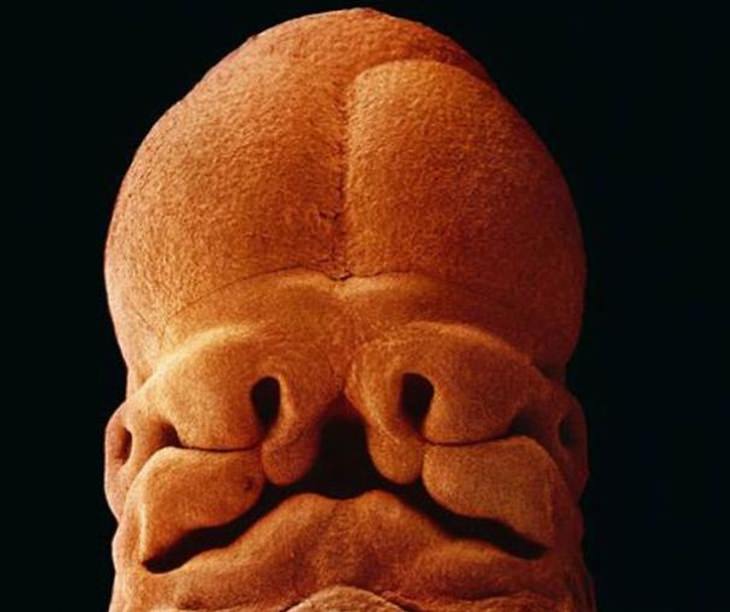
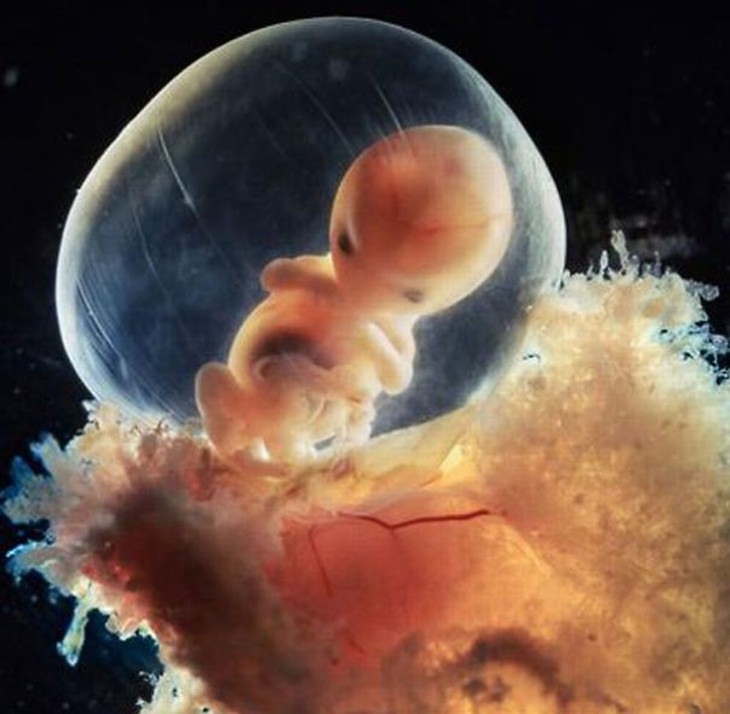
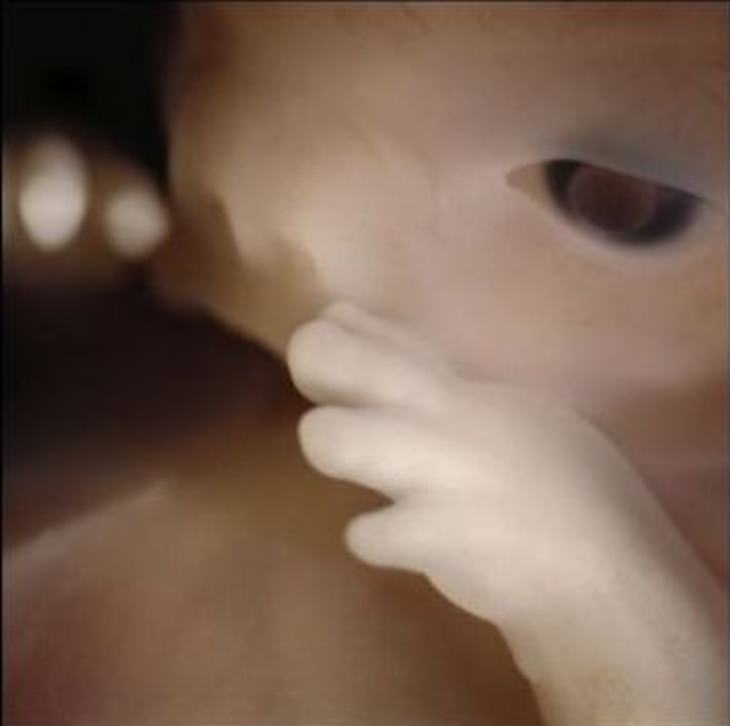
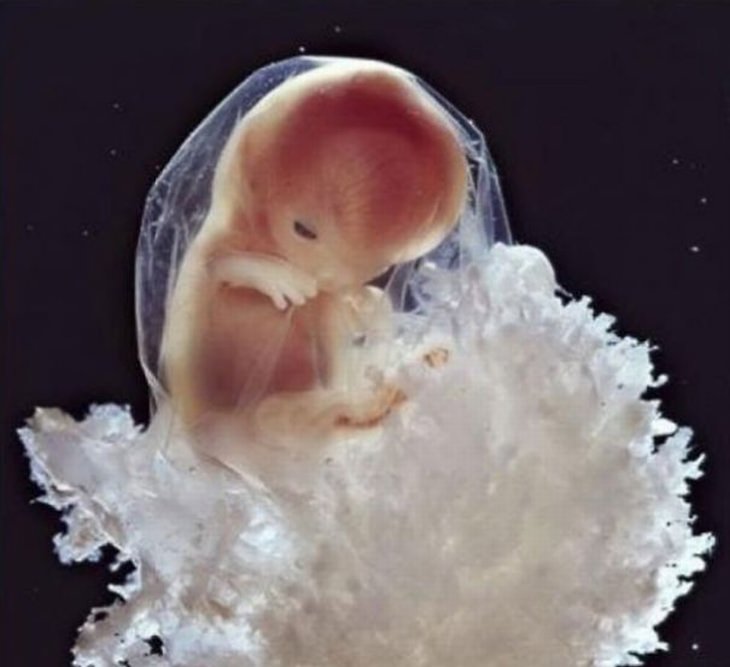
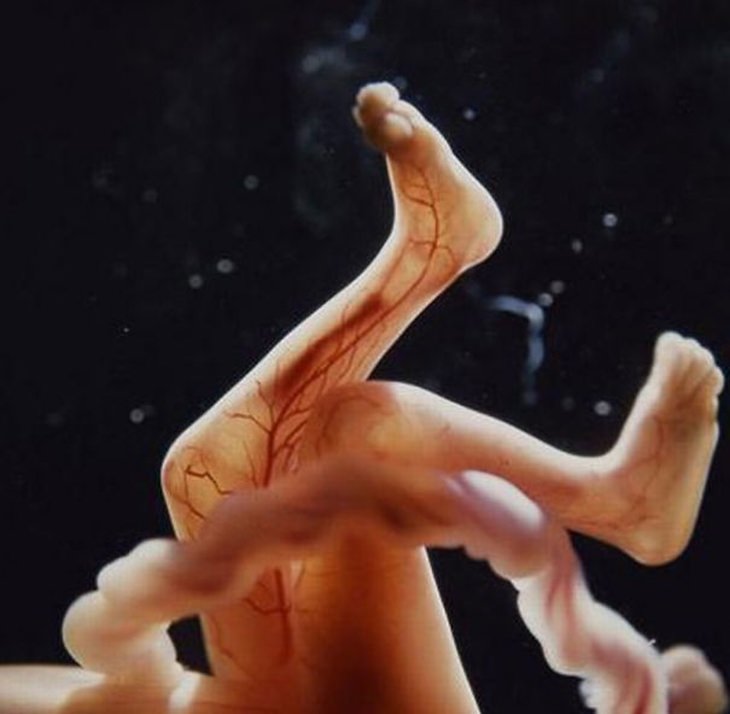
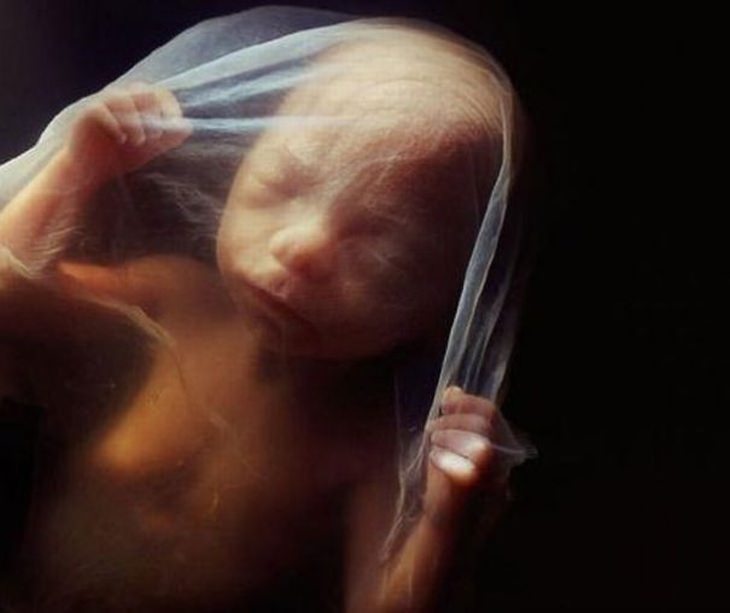
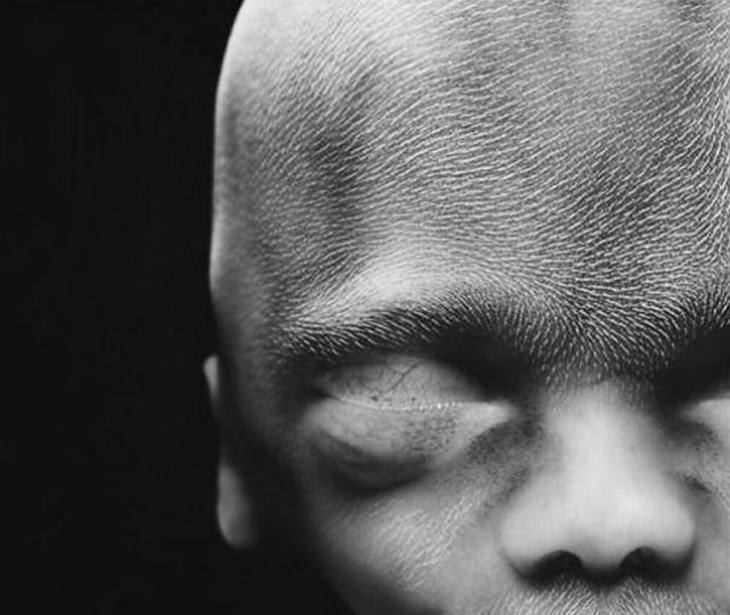

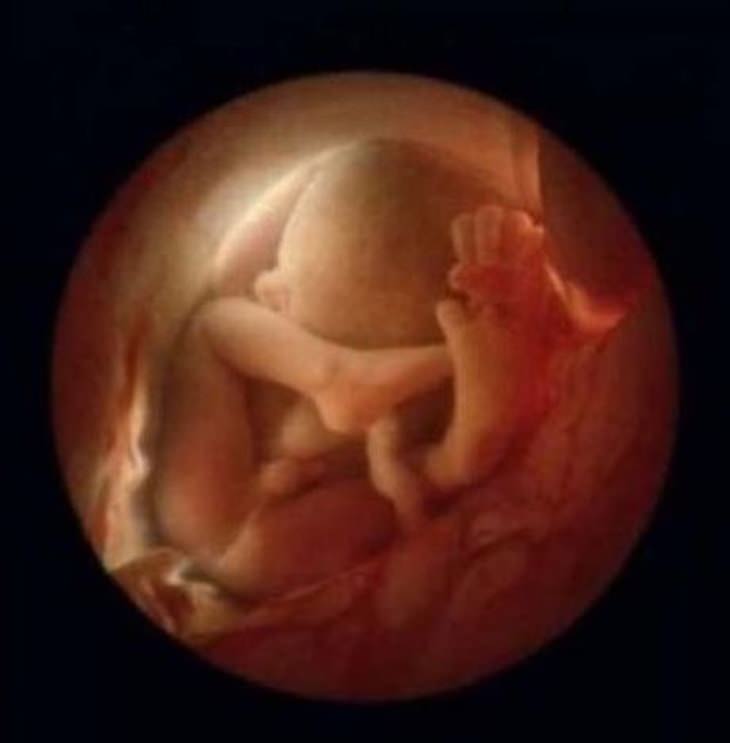
See more of Lennart Nilsson's work on his website.

13 Mind-Blowing Wildlife Photographs from 2024
These are 13 rare, beautiful, stunning, and terrifying moments that will show you the hidden and true faces of nature...

The Land of Ice, Snow and Whimsical Nature in 19 Photos
Admire 19 picturesque photos of nature in one of the most whimsical and stunning place on the planet - Iceland.

Incredible Photography: Winning Photos of the Micro World
These photos are some of the most incredible macro photographs in the world, zooming in on the tiniest things in our world and making them as clear and as beautiful as daylight.
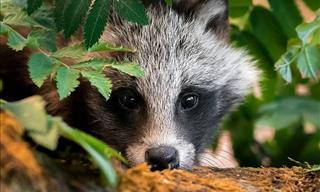
The Natural Charm that Is Finland and Its Wildlife...
Photos by Ossi Saarinen of the Finnish nature and cutest wildlife.

This Finnish Photographer Captures a Magical Nature
See 25 of the best photos by Julius Kähkönen, who edits his nature photographs to make them seem dreamy.
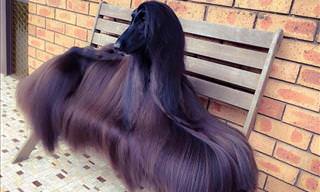
You Won't See Animals Like This Anywhere But The Internet
These animals were born with genetic mutations that make them stunning and rare wonders of nature.
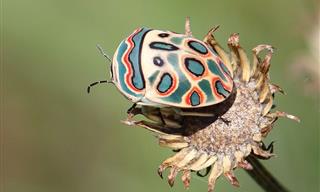
12 of the Most Alluring Bugs You've Ever Seen
A collection of 12 beautiful insects I guarantee you've never seen before.
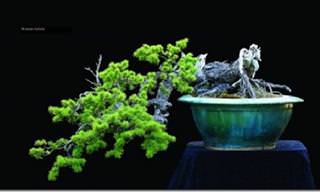
12 Beautiful and Very Rare Bonsai Trees
Feast your eyes on these 12 stunning bonsai trees. You may even learn a thing or two about growing them along the way. Enjoy!
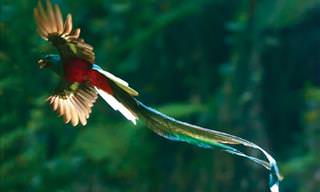
15 Rare and Beautiful Birds I Can't Stop Staring At
This is a collection of 15 of the most beautiful and rare species of colorful birds that, unfortunately, are nearing extinction.

Inspiring Wildlife Photos From Europe’s Top Photographers
Check out the amazing winners of the European Wildlife Photographer of the Year 2024.
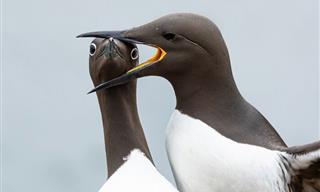
The Comedy Animal Photography 2025 Winners are Here!
present 15 selected photos submitted to this year’s competition, so sit back comfortably and get ready for a wonderful gallery that will show you the comedic side of the animal kingdom.
 2:25
2:25
Impressive! Watch How These Fungi Grow, It's Extraordinary
Nature is marvelous! Watch how these mushrooms grow in this spectacular time lapse video.
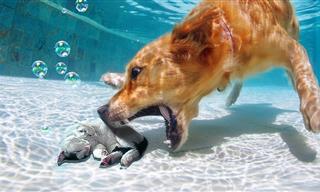 8:19
8:19
These Amazing Animal Rescues Will Give You a Big Smile
From daring rescues to quiet acts of compassion, these animals show us what it means to care.
 8:21
8:21
Why the Color Blue is So Rare in Nature
In the animal kingdom, there are only a handful of Earth’s creatures that sport blue in their coloration. Why is this so? All is revealed here!
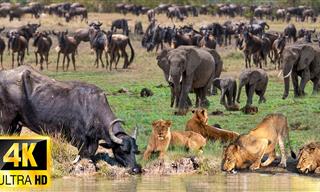 11:54:56
11:54:56
This Incredible Documentary is Nature You Can Leave On
This 11-hour-long documentary is beautiful throughout its length, and can be a wonderful "background video" to put while you do other things and want to enjoy some beauty and the sounds of nature.

These 20 Cute Bonsai Are a Cut Above the Average Tree
Trust the Japanese to have the most beautiful miniature trees in the world. These 20 bonsai's are so fabulous!
 8:27
8:27
Huskies vs. Cats: Who Will Solve the Maze First?
This pet owner cleared out all the furniture to build a cardboard maze for their dogs and cats. The maze had tall walls and twisted corridors, ready for exploration.

These Captivating Wildlife Photos Have a Story to Tell
Take a look at some of the most moving photos of this year's wildlife photography, and the winning photos are worth all the attention they can get.
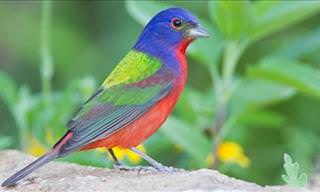
14 Birds that Are Nature's Gemstones
While you may have seen birds native to your area, we're sure you've never seen these before......
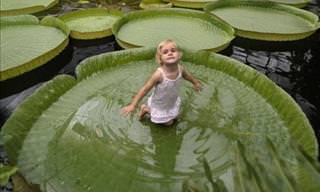
Amazing Plants: 15 Natural Phenomena That’ll Astonish You
In the next 15 pictures you'll see what vegetation can do and how strong the creative power of nature is...

These Comedy Wildlife Photos Are Hilarious
Check out 20 of the best entries from 2018's edition of the Comedy Wildlife Photography Awards.
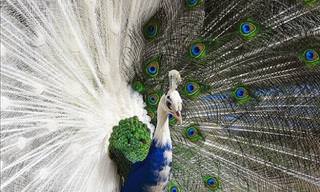
17 Animals That Prove That Nature Can Be Especially Creative
It's not only their coloring which makes these 17 animals unique. Their low chances of survival make them especially rare.

These Ancient Trees Stand Ageless and Beautiful
It's incredible to see these living breathing fossils that have been around for centuries. Take a look at these 10 ancient trees.

Brighten Up Your Garden with These 7 Beautiful Flowers
Brighten up your garden by adding some of the best and brightest flowers around!
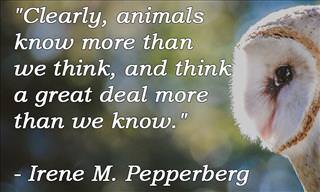
Let These Animal Quotes Be Your Source of Inspiration
Animals are inspirational to many of us in this world, and the same can be said for some of its greatest names. Here are 12 truly great animal quotes.
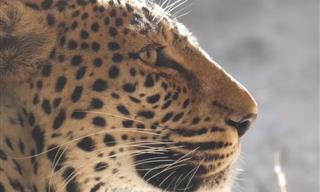
The Beauty of Wild Cats in 14 Mesmerizing Photos
Enjoy these incredible images of wild cats thriving in the wild.
 6:34
6:34
Have You Ever Seen a More Beautiful Garden Than This?
Kayoichou Park is situated in Kasuya Town on the edge of Fukuoka City on the island of Kyushu, Japan. Take a look at the stunning rose garden there.
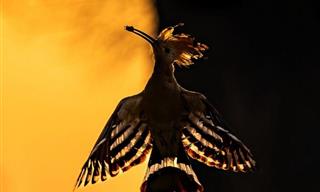
2024 Bird Photography Awards: The Most Stunning Photos
If you're also enchanted by the colorful, surprising, and amazing world of the world’s birds, we have no doubt you'll enjoy the following 15 photos from the 2024 bird photography awards.

When Nature Strikes, You Can't Hide: 16 Captivating Photos
These 16 photos reveal nature’s fierce side.
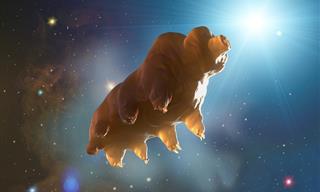 11:02
11:02
Immortal Animals: The Creatures That Can Live Forever
Plenty of creatures on planet Earth can live almost forever. Let's meet a few of them...
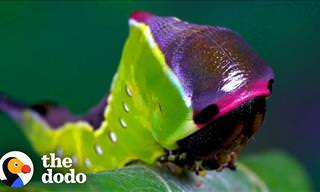 4:21
4:21
Time Lapse Video: From Cute Caterpillar to Gorgeous Moth
Timelapse video shows a caterpillar's transformation into adult moth

Tourists From All Over Flock to See this Beautiful Island
Wouldn't you want to visit this beautiful island, filled with nothing but flowers?
 6:39
6:39
Caracal: The Sly Predator That Uses Stealth and Speed
The caracal is one of Africa's fiercest and most regal-looking hunters.

The Astonishingly Beautiful World of Seahorses and Dragons!
Who knew these bizarre little creatures can be so beautiful?

The Best of Nature in the U.S. is Depicted in these Photos
These 16 places are not just “pretty”, they’re true natural works of art.
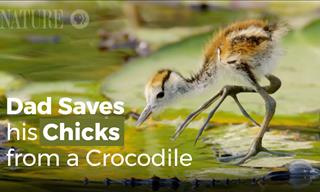 2:59
2:59
Watch This Smart Bird Save Its Babies From a Crocodile
Watch as this devoted dad tucks its chicks and keeps them safe when the big croc comes by to try and steal them away for his breakfast.
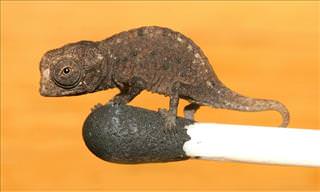
15 of the Smallest Animals to Inhabit the Earth!
Have you ever wondered what is the smallest animal in the world is? If you have, you’ve certainly come to the right place.
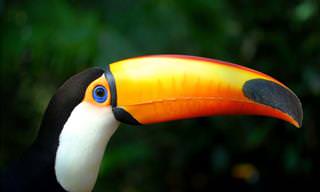
30 Beautifully Mysterious Creatures of the Animal Kingdom
If it was down to me, photography would be nothing more than this: pure, unadulterated photos of lovely wild animals. Here's 30 of the best.
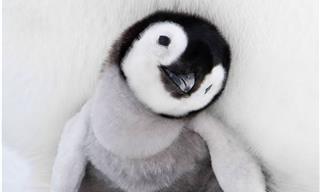
These Beautiful Photos Depict Penguins in All Their Glory..
These photos will melt your heart with cuteness.
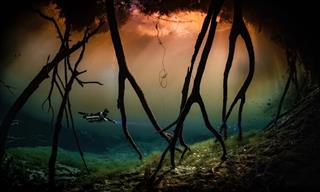
The Best Underwater Photos You’ll See This Year
Check out the breathtaking wnners of the 2024 Ocean Art Underwater Photo Contest .
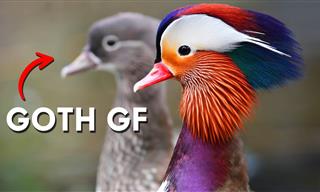 8:33
8:33
Meet the Fanciest and Most Exotic Ducks in the World
Mandarin ducks, found in China and Japan, are widely regarded as the world's most beautiful ducks. Find out more about these rare birds.

These Horses All Have the Most Amazing Hair!
These horse breeds all have an amazing hair! Enjoy getting to know some of the world's most beautiful horse breeds, along with some facts.

Enjoy Gorgeous Flowers Accompanied By Inspiring Quotes
These flowers are truly stunning, and when they're juxtaposed with some amazing quotes, their beauty is even more apparent. Enjoy this beautiful post.
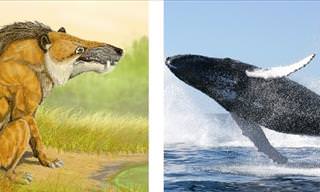
15 Animals that Have Drastically Changed Over Time
Humans are not the only ones who are constantly developing. Most of these amazing animals transformed past the point of recognition over time.

These 10 Animals Have The Strangest Qualities
Animals do the weirdest things sometimes. These animals will have you scratching your head for days.

Birds of Paradise: The Pinnacle of Avian Beauty
Birds of paradise are really a sight to behold if you've never seen them before. In this next post, we present you 14 of the most stunning species of all.

Not Only Are These Flowers Rare, But They're Also Stunning
Flowers are always beautiful, but some are incredibly rare. These flowers in these stunning photos are some of the rarest in the world.
To enable your Ad-Free Subscription, please fill the fields below
Your subscription was successful, now you can enjoy an ad-free experience!! Note: To make sure you get no ads, please make sure to log in to your account. If you are logged in already, then refresh the page. The subscription can be cancelled at any time.


